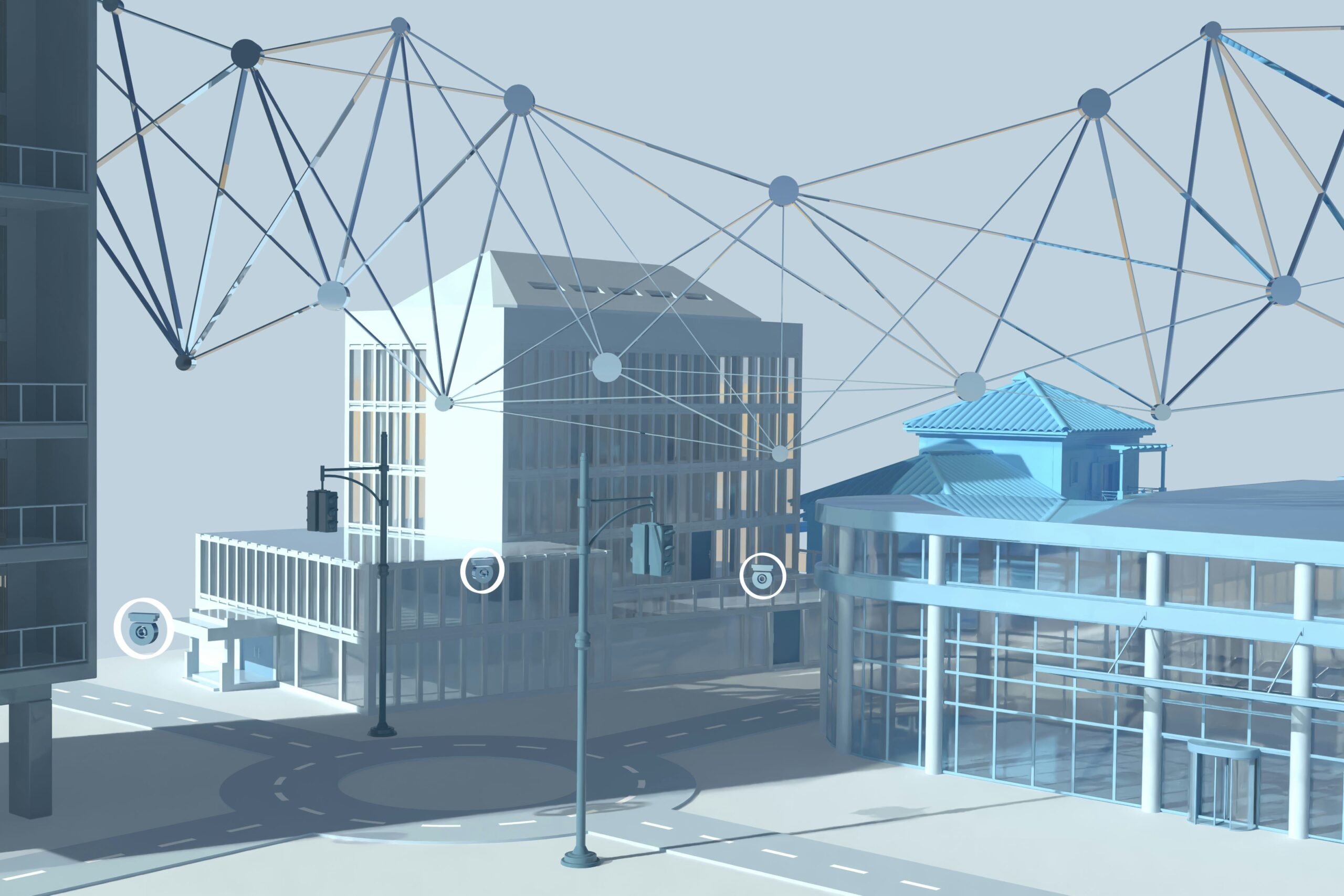
In the rapidly evolving technology landscape, next-generation program architecture is crucial for creating systems that meet the demands of future innovations. As businesses and technology providers strive to remain competitive, the ability to adapt to emerging trends and technologies becomes a priority. Next-generation program architecture focuses on improving current systems and envisions and integrates the technologies that will define tomorrow’s digital infrastructure.
Understanding Next-Generation Program Architecture
Next-generation program architecture refers to the design and structure of systems that are scalable, adaptable, and capable of leveraging emerging technologies. Unlike traditional architectures that may focus solely on current technology stacks and limited scalability, next-generation architectures are built with flexibility in mind. They incorporate innovations such as artificial intelligence, machine learning, cloud computing, and Internet of Things (IoT) integration.
This approach emphasizes the need for more efficient resource management, faster processing speeds, and increased interconnectivity between systems. By embracing cloud-based solutions, distributed networks, and real-time data analytics, businesses can ensure that their systems meet current needs and evolve seamlessly as technology advances.
Key Components of Next-Generation Architecture
The architecture of tomorrow’s systems incorporates several key components that ensure they are fit for purpose in the modern digital world. These components form the backbone of next-generation solutions, enabling businesses to stay agile despite rapid technological change.
One of the most vital elements is scalability. Modern systems must scale quickly and efficiently to accommodate growing user demands and more complex applications. Utilizing cloud infrastructure and microservices allows businesses to deploy resources as needed, reducing costs and ensuring optimal performance.
Another critical component is the integration of artificial intelligence and machine learning. These technologies allow for more intelligent decision-making and predictive analytics. They enhance user experiences, automate processes, and provide businesses with valuable insights into consumer behavior and operational efficiency. By incorporating AI and machine learning into the architecture, systems can learn and adapt over time, improving overall functionality and service delivery.
Cloud Computing and Flexibility
Cloud computing has become a central element of next-generation program architecture. The flexibility provided by the cloud allows businesses to store, manage, and analyze vast amounts of data without being tied to on-premise servers. This opens up new scalability, data storage, and cost management possibilities.
By leveraging cloud solutions, organizations can build infrastructure that automatically adjusts to changes in demand, ensuring that resources are allocated efficiently. Furthermore, the cloud enables businesses to use cutting-edge technologies such as containers and serverless computing, simplifying deployment and improving system resilience.
Cloud-based solutions foster collaboration and communication, as teams can access and work on shared data from anywhere. This flexibility is crucial in today’s globalized business environment, where remote work and cross-border collaborations are increasingly common.
Security and Privacy in Next-Generation Systems
As systems evolve and become more interconnected, ensuring their security and privacy becomes even more critical. Next-generation program architecture must prioritize robust security protocols to protect sensitive data and prevent cyberattacks. Security should be integrated into every architecture layer, from hardware to software, ensuring a comprehensive defense against threats.
This means adopting practices such as encryption, secure communication channels, and continuous monitoring of system activities. With increased reliance on cloud platforms and external providers, ensuring these services comply with global security standards and regulations is also essential.
Next-generation systems must address privacy issues in addition to traditional security measures. With data privacy regulations like GDPR becoming more prevalent worldwide, businesses must be prepared to handle customer data responsibly. Architecture that ensures user consent, transparent data practices, and easy-to-manage privacy controls can help companies build customer trust.
Adapting to Emerging Technologies
One of the most defining features of next-generation program architecture is its ability to adapt to emerging technologies. As new developments in AI, blockchain, 5G, and quantum computing continue to make waves, program architecture must be flexible enough to integrate these innovations as they become mainstream.
For example, blockchain has the potential to revolutionize everything from supply chain management to secure transactions. By incorporating blockchain into program architecture, businesses can enhance transparency, reduce fraud, and streamline operations.
Similarly, 5G technology will usher in a new era of high-speed connectivity, enabling real-time data processing and enhanced communication between devices. Systems designed with 5G in mind can provide ultra-low latency and high throughput, supporting applications that require immediate responsiveness, such as autonomous vehicles or smart cities.
The Future of Program Architecture
As technology advances, next-generation program architecture will play an increasingly important role in shaping the future of industries worldwide. Businesses that embrace these innovative architectures will have the flexibility, scalability, and resilience to thrive in an ever-changing digital world.
Looking ahead, we can expect further integration of augmented reality (AR) and virtual reality (VR), creating new immersive experiences for users. Program architecture will also need to support the growing demand for sustainability, with green technologies and energy-efficient systems becoming a priority.
Ultimately, next-generation program architecture is about more than adopting the latest technologies—it’s about building flexible, scalable systems that can evolve with the digital landscape, empowering businesses to innovate, remain competitive, and meet the needs of a fast-moving world.
By focusing on flexibility, scalability, security, and integrating emerging technologies, businesses can position themselves at the forefront of the digital revolution, ensuring that their systems are ready for and shaping the future.